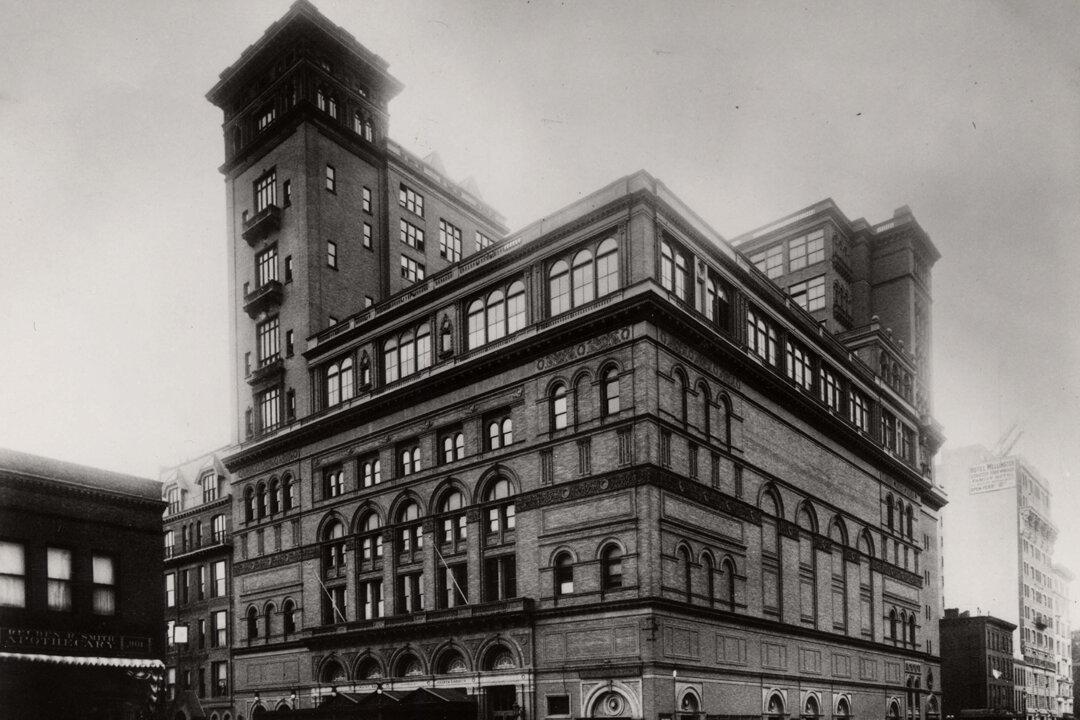After a decade as the Kapellmeister in the Court of Weimar, Franz Liszt resigned. Between his resignation in 1859 and his move to Rome in 1861, he wrote a letter of introduction for a fellow musician who would alter American history.
“To all who are known to me personally in friendship and those who are able to judge and understand musical talent I herewith specially and particularly recommend Mr. Music Director Leopold Damrosch, Composer, Conductor, and Violin Virtuoso in all aspects an honorable and respected Artist.”






